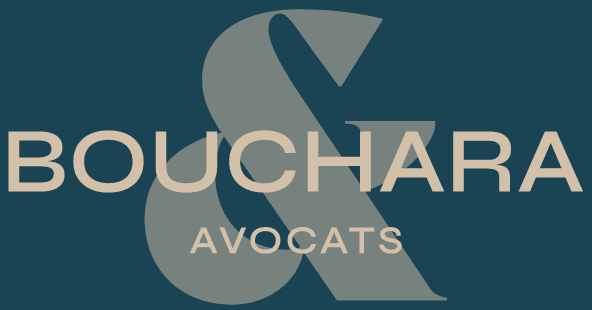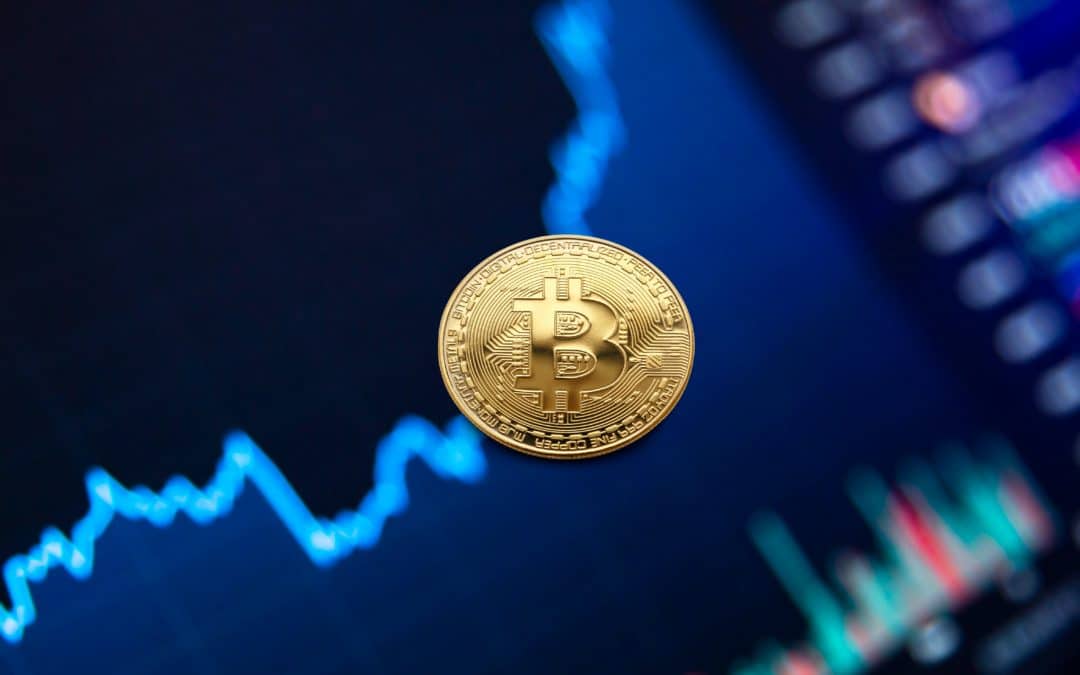News & media > News >
Vanessa Bouchara
Blockchain, traceability of goods and anti-counterfeiting
According to studies conducted in June 2018, 2019 and 2020 According to the European Union Intellectual Property Office (EUIPO), counterfeiting represents 60 billion euros in losses for European companies (if we add the effects of counterfeiting on other market sectors, this can represent up to 92 billion euros in losses) and between 416,000 and 468,000 job losses in various sectors such as fashion, medicines, cosmetics, smartphones, music or wines and spirits.
Moreover, according to these studies, counterfeiting also represents up to 16 billion euros in lost revenue for European governments in terms of taxes and other social contributions.
The time is ripe for reflection and the development of solutions, and blockchain is being considered by many public and private bodies to remedy the economic consequences of counterfeiting.
Born from a desire to secure transactions, the blockchain has many applications today as it is a public and immutable database, offering transparency and reliability to all kinds of economic actors.
The blockchain is, as its name indicates, a chain of interdependent or totally autonomous blocks.
Each of these blocks contains information about a transaction.
The blockchain thus makes it possible to create an original block containing information, and to link new blocks to it as the information evolves: the information chain is digitized and immediately traceable.
The interest of blockchain also lies in its immutability.
Once the information to be anchored on a block is validated by a certain number of miners (third party users of the blockchain who validate transactions electronically), the information is certified and becomes visible to all users of the blockchain. Its integrity is then unfalsifiable.
Applied to the fight against counterfeiting, the blockchain would allow, as a transparent and immutable traceability tool, to trace the production chains of goods in order to guarantee their origin and quality.
The blockchain, a traceability tool for the benefit of consumers and intellectual property rights holders
High-end products are subject to numerous illicit reproductions that constitute counterfeiting. We are thinking in particular of luxury products, great wines, or fine arts. In developing countries, medicines are also targeted by counterfeiters.
By using the blockchain as a public registry, the actors in the production chains of this type of product could register their respective actions on the product.
For example, the first block could be information on the role of the raw material supplier and the characteristics of these materials, the second on the role of the assembler or manufacturer, the third on the transport conditions, and the fourth on the sale of the finished product to the consumer.
We could also imagine additional blocks on distribution networks, especially in the luxury goods area, so that authorized distributors and resellers are publicly identified.
In order for consumers to have access to the blockchain-based information, specialists have devised a system whereby finished products would be provided with a QR code or a microchip corresponding to the “product” block registered in the blockchain.
This is what the trademark Babyghost experimented with during its fashion show for the spring/summer 2017 season, during which spectators could scan products via their smartphones to discover the production chain of the clothes, or what the company DasCoin is developing.
Full blockchain transparency via blockchain would allow consumers to be reassured about the authenticity of the products they buy, especially when buying medicines or second-hand products: a simple scan of the product would give them a reliable answer about the origin of the product, the date and place of its release and therefore, potentially, its condition.
In order for this system to be effective, accessible and intelligible platforms must be offered to consumers to access the blockchain, as the average consumer does not necessarily have sufficient computer knowledge to visit a blockchain and decrypt the blocks by himself.
A direct use in the fight against counterfeiting: the use of blockchain by customs authorities
The motivation of counterfeiters of high-end fashion products, wines and spirits or medicines is not imitation, but rather the identical reproduction of these products in order to deceive the consumer about their authenticity.
Nevertheless, the final consumer sometimes buys counterfeit goods with full knowledge of the facts. This is especially true for luxury products: a consumer may prefer to pay a tenth of the price of the authentic bag in order to become the proud owner of a counterfeit bag that looks exactly like the “real thing.
The volume of counterfeit products is thus extremely important and difficult to apprehend by the customs authorities, the differences between counterfeit and counterfeit products being almost imperceptible.
The blockchain could then be used as part of the current reporting procedure available to intellectual property by the customs services: it would be enough that the holders of rights of intellectual property transmit the coordinates of their blocks”. product This is why we have decided to send a “warning letter” to the customs authorities so that they can immediately identify the counterfeit products.
Indeed, if a product stamped with a trademark is not registered on the blockchain in the blocks edited by the said trademark, it would be considered as counterfeit.
This system relies on the impeccable rigor of the trademarks using the blockchain: the slightest omission on their part would categorize their product as counterfeit, even though it was regularly offered for sale.
Moreover, the interest of the blockchain here lies only in its publicity, since customs services can already assess the authenticity of a product by its barcode and intellectual property rights holders can send them a list of barcodes.
The public and strictly unforgeable nature of the blockchain would thus offer total transparency to consumers who could, without intermediaries, ensure the origin and quality of the products they buy.
This transparency and reliability would also allow customs, subject to strict enforcement by intellectual property rights holders, to detect counterfeit products quickly and with near certainty.
At this stage of development, blockchain could not lead to a total eradication of counterfeiting but could have a real dissuasive effect on counterfeiters.
For this reason, Bouchara – Avocats has developed with the bailiffs’ office SELARL AY, an innovative platform, based on blockchain technology, allowing immediate and secure protection of its clients’ creations.
Recent news
The availability of the sign
Updated on 07/01/2021
To be registered as a trademark, the chosen sign must, in addition to being lawful and distinctive, be available (…)
Under what circumstances can a competitor lawfully use a third party’s trademark on the Internet?
Updated on 16/12/2021
The brand has the power to unite a customer base. Impulsively, instinctively, thoughtlessly. Sometimes, blind (…)
Unauthorized use of third-party photographs
Updated on 12/24/2021
The photographs are considered, according to the article L.112-2 9° of the Code of the intellectual property as being works of the spirit.
The use of a third party’s product in an advertisement: the Courts’ assessment of the incidental character.
Updated on 23/12/2021
Advertisers frequently use third-party products in their ads that are copyrighted creations.

